Does Felis catus play nicely with its seasonal partners?
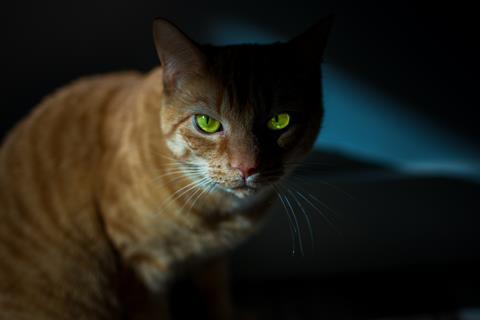
Halloween decor is full of black cats and bats side-by-side, poised with backs arched and wings spread to deliver seasonal frights. In daily life, cats and bats are less partners-in-crime and much more predator-and-prey. With cats long cast as the witch’s familiar1 and bats as Dracula-in-disguise, a fictional spooky showdown of cat versus bat might be hard to call. Real-world studies tip the scary scales in felines’ favour.
Cats’ predatory reputation is well earned, wide-ranging and well-known – as is their propensity to return home with their prey. Many cat owners have been surprised by what their cat has brought home. Long after ‘look what the cat dragged in’ became a popular expression for a person’s shamefaced entrance, it became the main title of a recent research article cataloging pet cats’ prey return rates in the UK.2
This work from researchers at the University of Derby showed that bats weren’t the top returned prey by UK pet cats, accounting for less than a quarter of one percent of total prey returned. Rats – another spooky season animal ambassador – along with sibling critters in the Muridae and Cricetidae families were mostly what pet cats dragged home, but this study’s miniscule bat returns tells only a part of this haunting tale.
A global review of evidence led an international research team to state ‘we conclude that predation by cats is an under-appreciated threat to the world’s bat species’.3 Felis catus – whether domestic, free-roaming or feral – are a global threat to bat species.3–6 Helping make the case for cats’ impact on bats is forensic DNA analysis.
A wing and a tear
A team of researchers from Manchester Metropolitan University, The Wildwood Trust and the University of Liverpool used standard forensic DNA techniques to pinpoint the predator possibly causing wing tears to injured UK bats.6 Working with bat rehabilitators, researchers collected bat wing swabs from 72 injured bats across the UK, mostly Pipistrellus pipistrellus.
Bat wing tears were double swabbed (one wet, one dry) to maximise DNA recovery. This isolated DNA would be a mix of bat, possibly cat and any other DNA that might be present.
The amount of cat DNA could range as widely as prowling felines. To determine if cat DNA was present in samples, researchers used a quantitative polymerase chain reaction (qPCR) assay targeting the FCA749 locus of the F. catus genome. A positive qPCR result – which occurred in 48 of the 72 received cases – moved a case forward to short tandem repeat (STR) DNA profiling. Researchers used an optimised forensic genotyping panel of 11 tetranucleotide STR loci and one sex marker dubbed ‘Meowplex’. Like other multiplex PCR strategies,7 Meowplex simultaneously amplifies all the loci in its panel, potentially saving significant time and money.8 All of the bat wing swab samples subjected to Meowplex analysis ‘yielded poor results with very few detectable alleles’.6
This result is not surprising to Tara Reinholtz, DNA analyst in the Forensic Lab of Oakland County Sheriff’s Office, Michigan, US. ‘I would expect that samples collected from the bats would be of a very low concentration and/or degraded which will definitely challenge a mulitiplex assay,’ said Reinholz. ‘We see this everyday in the human forensic DNA world.’
Batch processing
DNA analysts like Reinholtz have go-to methods to meet the challenge of complex samples, as did the UK research team. They moved to a single locus per amplification assay and pooled the results. ‘It’s a significant amount of work, but the results were informative,’ said Reinholz. The researchers’ alternative strategy yielded partial profiles for 13 of the 48 samples flagged by qPCR screening as containing cat DNA. These DNA results revealed bat rehabilitators are good injury assessors as cat DNA was found in all but one case where comments noted possible cat involvement.
The presence of cat DNA in two-thirds of bat samples (48 of 72) suggested to researchers ‘that cat predation can be more common than has been previously reported’.6 Having a more comprehensive view of cat predation, including potentially identifying individual cats via STR DNA analysis, could aid in the development of methods to control cat versus bat interactions.
‘This work shows just how universally useful forensic STR DNA testing is,’ said Reinholz.
References
1 M Nikolajeva, Marvels & Tales, 2009, 23, 248
2 H L Lockwood et al, Ecol. Evol., 2025, 15, e71063 (DOI: 10.1002/ece3.71063)
3 M Oedin et al, Mamm. Rev., 2021, 51, 323 (DOI: 10.1111/mam.12240)
4 KM Borkin et al, N. Z. J. Zool., 2022, 50, 425 (DOI: 10.1080/03014223.2022.2098782)
5 J Moyses et al, Aust. Mammal., 2024, 46, AM23049 (DOI: 10.1071/AM23049)
6 ROS Khayat et al, 2020, Ecol. Evol., 10, 8368 (DOI: 10.1002/ece3.6544)
7 JM Butler, Forensic DNA Typing. Academic Press, San Diego, 2005
8 D Sint et al, Methods Ecol. Evol., 2012, 3, 898 (DOI: 10.1111/j.2041-210X.2012.00215.x)



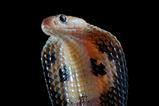




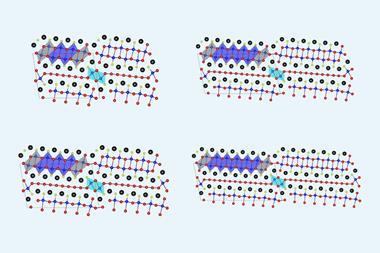
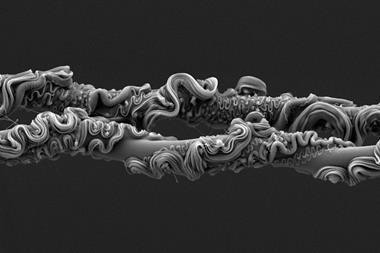



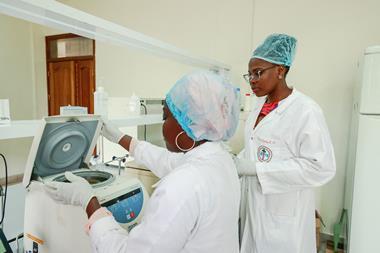



No comments yet